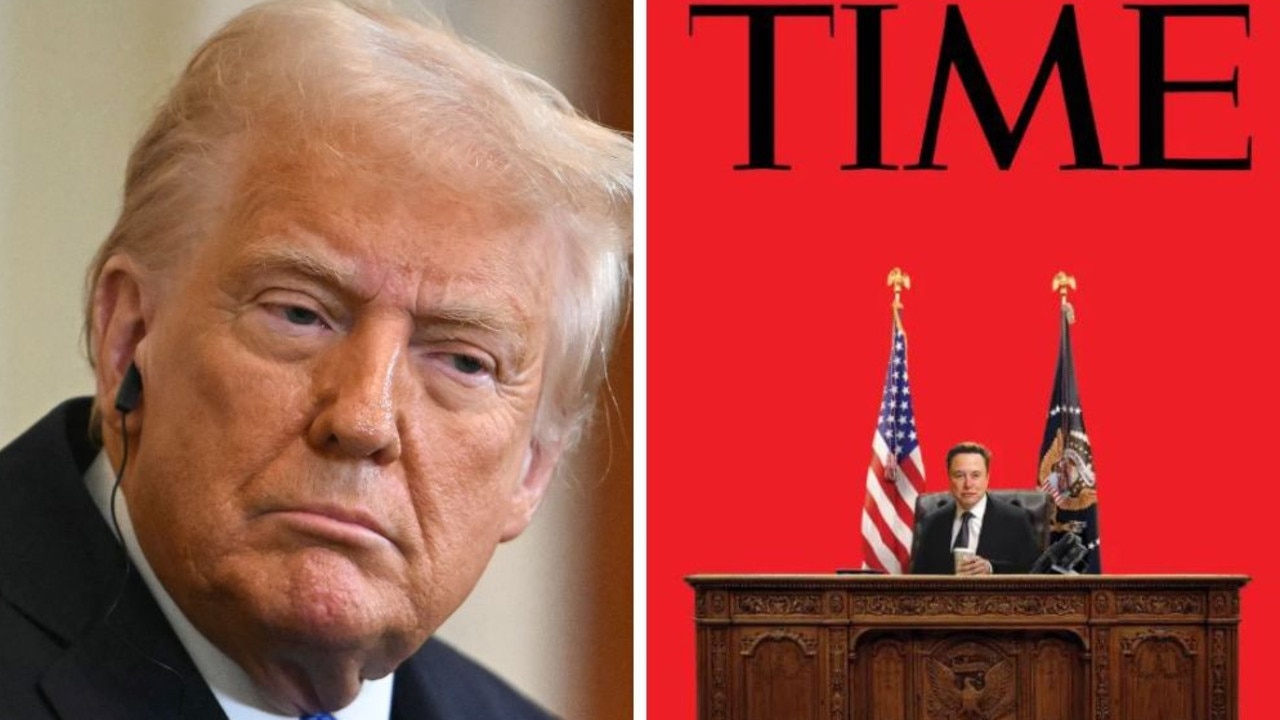Australian stocks slump after Wall Street tumbles amid recession fears
A whopping $63 billion was wiped off the ASX yesterday as Australia’s share market reacted to a major sell off on Wall Street that has triggered global recession fears.
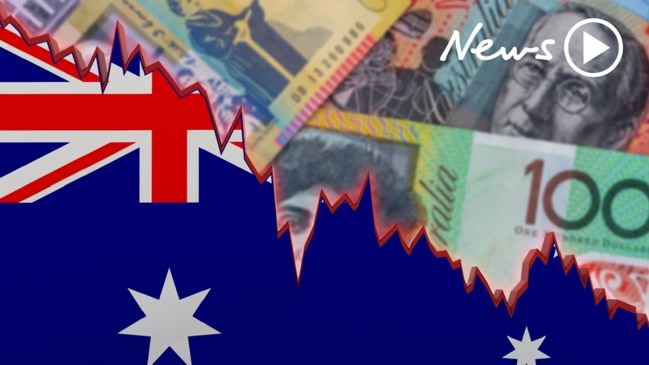
The Australian share market shed more than $63 billion in its worst day in 18 months amid a global market meltdown yesterday as investors fear a recession is near.
The benchmark S&P/ASX200 index on Thursday tumbled 187.8 points, or 2.85 per cent, to 6,408.1 points, while the broader All Ordinaries shed 186.7 points, or 2.8 per cent, to 6,490.8 points.
It was the market’s worse day since February 6, 2018, when the ASX200 lost 192.9 points, or 3.2 per cent.
The Aussie dollar was buying 67.83 US cents from 67.82 US cents on Wednesday.
Energy and tech shares had the largest losses, sliding 4.59 per cent and 3.55 per cent, respectively.
Santos, Oil Search, Origin Energy and Beach Energy each lost more than 4.0 per cent following a drop in crude prices while Woodside Petroleum fell 5.56 per cent after it cut its interim dividend.
Wisetech Global, Afterpay, Appen, Altium and Xero fell between 2.19 per cent and 5.98 per cent.
The Australian volatility index, a measure of local investor sentiment sometimes called the “fear index”, surged by 19.62 per cent to its highest level since early January as $44 billion worth of shares evaporated during Thursday’s trading.
Mining giant BHP was down 2.22 per cent to $36.59, Rio Tinto was down 2.34 per cent to $85.88 and Fortescue Metals was down 2.25 per cent to $7.39. Goldminers were bolstered as the value of the yellow metal continued to climb, with Newcrest, Northern Star, Evolution Mining, St Barbara and Dacian rising between 0.91 per cent and 7.79 per cent.
The big four banks were lower, with ANZ down 2.40 per cent to $26.38, Commonwealth down 1.85 per cent to $75.215, NAB down 2.39 per cent to $26.99 and Westpac down 2.54 per cent to $27.795.

Telstra was down 1.27 per cent to $3.89 after the telco reported a 40 per cent fall in full-year profit to $2.15 billion.
But fellow telecommunications provider Hutchison was up 4.35 per cent to 12 cents and Amaysim was flat at 69 cents.
Treasury Wine Estates was up 3.45 per cent to $17.67 after the wine maker posted a 16.4 per cent increase in full-year profit.
Super Retail Group was up 3.86 per cent to $9.015 after recording an 8.6 per cent rise in full-year profit.
QBE was down 1.16 per cent despite the insurance giant saying its first-half profit jumped 29 per cent.
Blackmores was down 4.65 per cent after the vitamin maker slashed its final dividend.
RECESSION ON THE HORIZON
The threat of a recession in the United States doesn’t seem so remote anymore after the sharemarket suffered its worst trading day this year when the bond market threw up one of its last remaining warning flags on the economy.
The yield on the closely watched 10-year Treasury fell so low that, for the first time since 2007, it briefly crossed a threshold that has correctly predicted many past recessions.
This is the loudest warning bell yet about a possible US recession ahead.
This comes after fears that Germany could slip into its own recession.
Troubles with their auto industry — as well as repercussions from global trade conflicts — has seen Europe’s biggest economy contract by 0.1 per cent in the second quarter of this year.
Australian investors were spooked by these signs when the markets open this morning.
On Wall Street overnight yesterday, the Dow Jones Industrial Average finished down 3.05 per cent — its biggest one-day point drop since October — while the S&P 500 was down 2.93 per cent and the tech-heavy Nasdaq Composite was down 3.02 per cent. The US Treasury yield curve temporarily inverted for the first time since June 2007 overnight — with two-year Treasury yields surpassing those of 10-year bonds — in a development that has often preceded recessions.
The Aussie dollar was buying 67.56 US cents from 67.82 US cents on Wednesday.
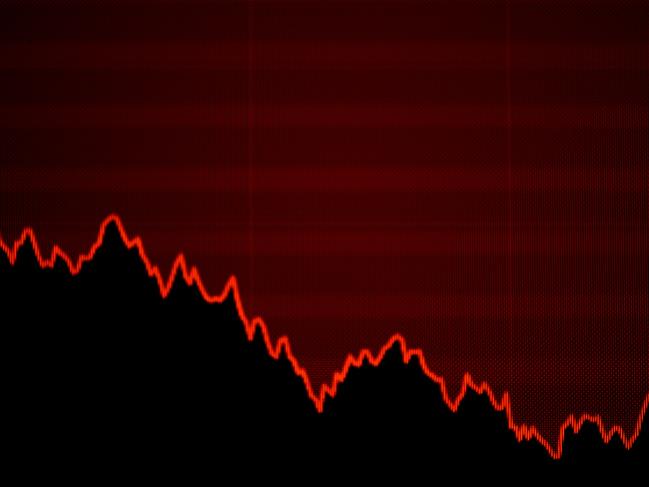
OVERSEAS MARKETS PANIC
Overseas investors responded to the news in the US by dumping stocks, more than erasing gains from a rally the day before.
The Dow Jones Industrial Average closed down 801 points, or 3.05 per cent at the close of trade, its biggest one-day fall since October last year.
Banks and tech stocks fell sharply, and retailers came under especially heavy selling pressure after Macy’s issued a dismal earnings report and cut its full-year forecast.
The cause of the volatility in the market has been attributed to rising tensions in the trade dispute between the United States and China.
The broad-based S & P 500 slumped 2.9 per cent to 2840.43, while the tech-rich Nasdaq Composite Index dropped 3.1 per cent to 7771.36.

Traders tend to plough money into ultra-safe US government bonds when they’re fearful of an economic slowdown, and that sends yields lower.
When long-term yields fall enough, market watchers see it as a prediction that a recession could be on the way in a year or two.
The yield on the 10-year Treasury has dropped from 2.02 per cent on July 31 to below 1.6 per cent. The 30-year Treasury yield also hit a record low this morning.
Normally, long-term bonds pay out more than short-term bonds because investors demand to be paid more to tie up their money for a long time. But that key “yield curve” inverted on Wednesday. That means investors are nervous about the near-term prospects for the US economy.
Economic data from two of the world’s biggest economies added to investors’ fears. European markets fell even more than their US counterparts after Germany’s economy contracted 0.1 per cent in the spring due to the global trade war and troubles in the auto industry.

In China, the world’s second-largest economy, factory output, retail spending and investment weakened in July.
BAD NEWS IS STACKING UP
“The bad news for global economies is stacking up much faster than most economists thought, so trying to keep up is exhausting,” Kevin Giddis, head of fixed income capital markets at Raymond James, wrote in a report.
The market gave back all of the prior day’s jump, which came after the US delayed some of the tariffs threatened on Chinese imports.
The Dow sank 615 points, or 2.73 per cent, to 25,562, and the Nasdaq composite lost 2.8 per cent.

The losses come a day after stocks rallied when the Trump administration delayed some tariffs on Chinese goods it had planned for September 1.
Fiona Cincotta, senior market analyst at City Index, said that Tuesday’s rally brought on by the delay “was short lived — blink and you missed it.”
Despite the pullback on tariffs, investors are still worried that the trade war between the world’s two largest economies may drag on through the 2020 US election and cause more economic damage. Yet, for all its whipsawing up and down, the S & P 500 remains within 5.7 per cent of its record, which was set in late July.
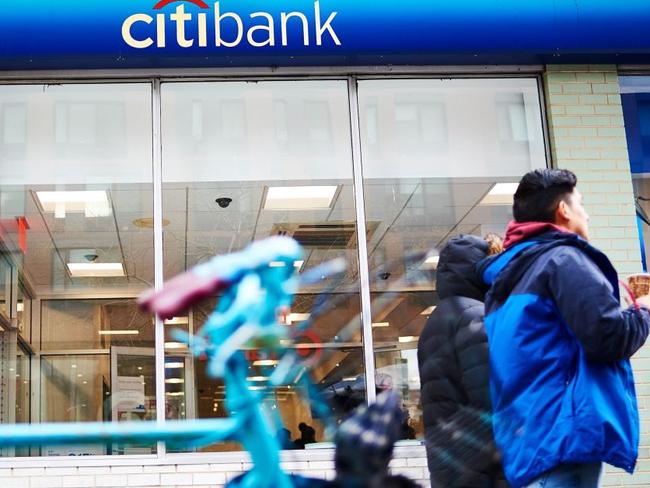
Banks took heavy losses. Lower bond yields are bad for banks because they force interest rates on loans such as mortgages lower, which means lower profits for banks. Citigroup sank 4.9 per cent and Bank of America gave up 4.2 per cent.
Much of the market’s focus was on the US yield curve, which has historically been one of the more reliable recession indicators.
After briefly trading below the yield on the two-year Treasury, the yield on the 10-year Treasury was 1.59 per cent at midday, a touch above the 1.58 per cent yield on the two-year. If all this talk about yield curves sounds familiar, it should. Other parts of the curve have already inverted, beginning late last year. But each time, some market watchers cautioned not to make too much of it. Academics tend to pay the most attention to the spread between the three-month Treasury and the 10-year Treasury. Traders often pay more attention to the two-year and 10-year spread.
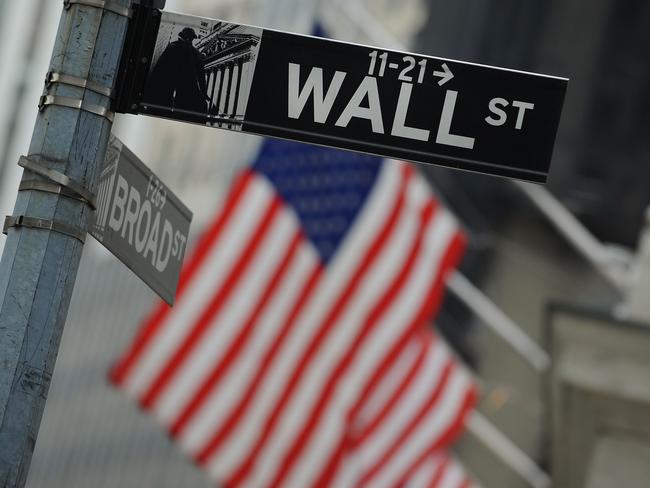
RECESSION INDICATORS
Each of the last five times the two-year and 10-year Treasury yields have inverted, a recession has followed.
The average amount of time is around 22 months, according to Raymond James’ Giddis.
The last inversion of this part of the yield curve began in December 2005, two years before the Great Recession tore through the global economy.
The indicator isn’t perfect, though, and it’s given false signals in the past.
Some market watchers also say the yield curve may be a less reliable indicator this time because technical factors may be distorting longer-term yields, such as negative bond yields abroad and the Federal Reserve’s holdings of $US3.8 trillion in Treasurys and other investments on its balance sheet.
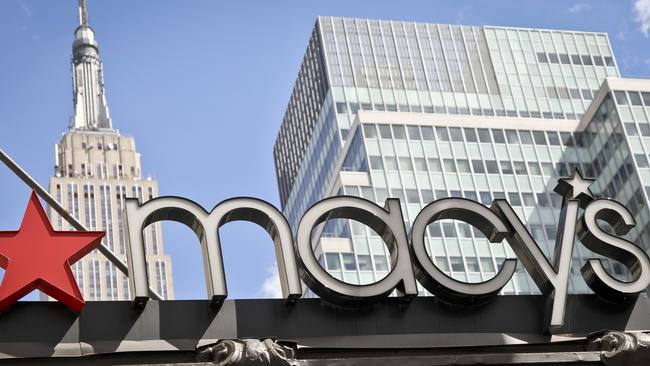
Macy’s plunged 13 per cent after slashing its full-year profit forecast.
The retailer’s profit for the latest quarter fell far short of analysts’ forecasts as it was forced to slash prices on unsold merchandise.
The grim results from Macy’s sent other retailers sharply lower, too. Nordstrom sank 11 per cent and Kohl’s dropped 10.8 per cent.
Energy stocks also sank sharply, hurt by another drop in the price of crude oil on worries that a weakening global economy will drag down demand.

National Oilwell Varco lost 6.5 per cent, and Schlumberger fell 5.9 per cent. The price of benchmark U.S. crude slid 4.6 per cent to $US54.48 per barrel. Brent crude, the international standard, lost 4.2 per cent to $58.73.
Overseas, Germany’s DAX dropped 2.3 per cent following the weak German economic data. France’s CAC 40 fell 2.2 per cent, and the FTSE 100 in London lost 1.7 per cent. In Asia, Japan’s Nikkei 225 rose 1 per cent, the Kospi in South Korea gained 0.7 per cent and the Hang Seng in Hong Kong added 0.1 per cent.
Originally published as Australian stocks slump after Wall Street tumbles amid recession fears

